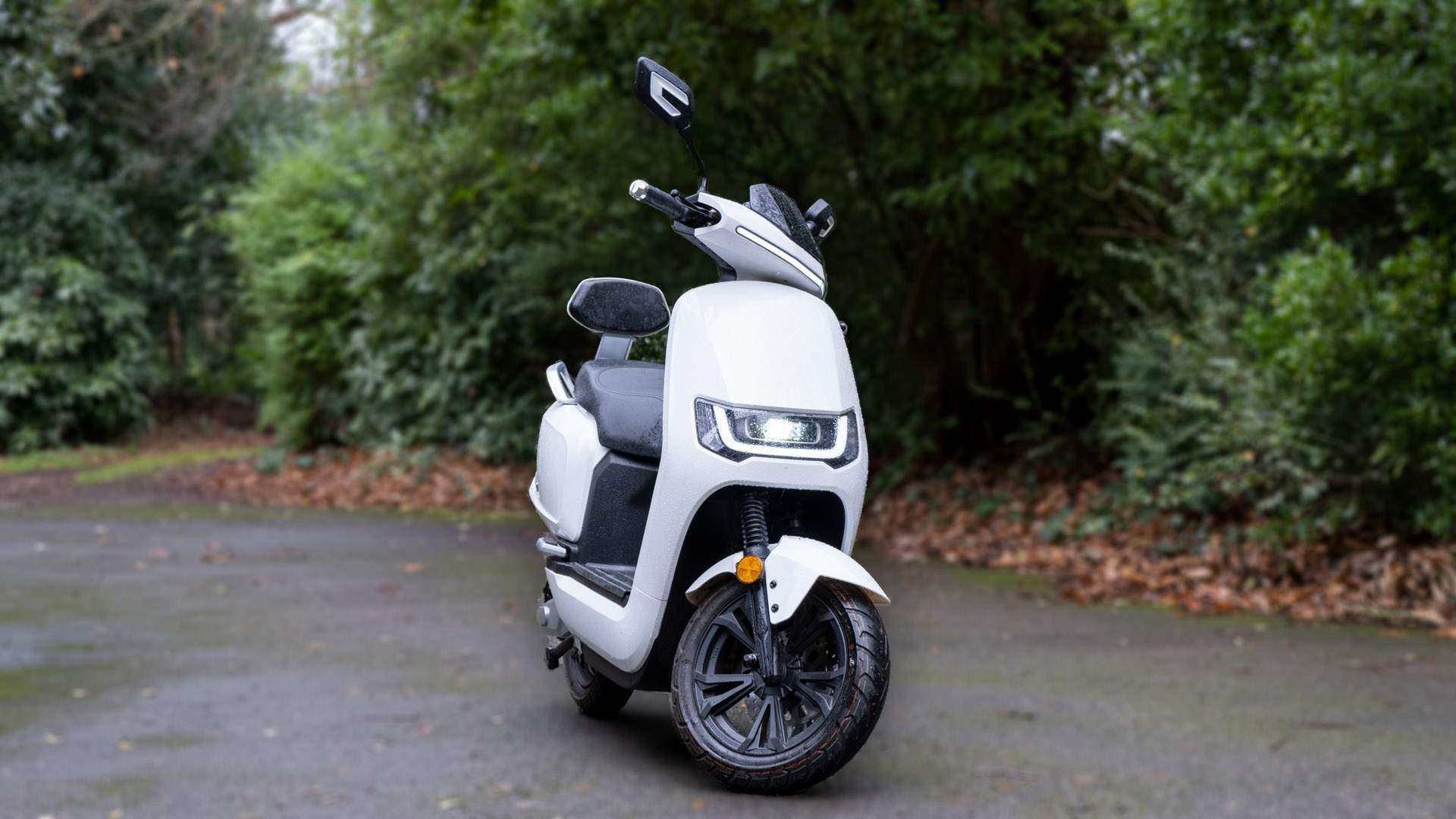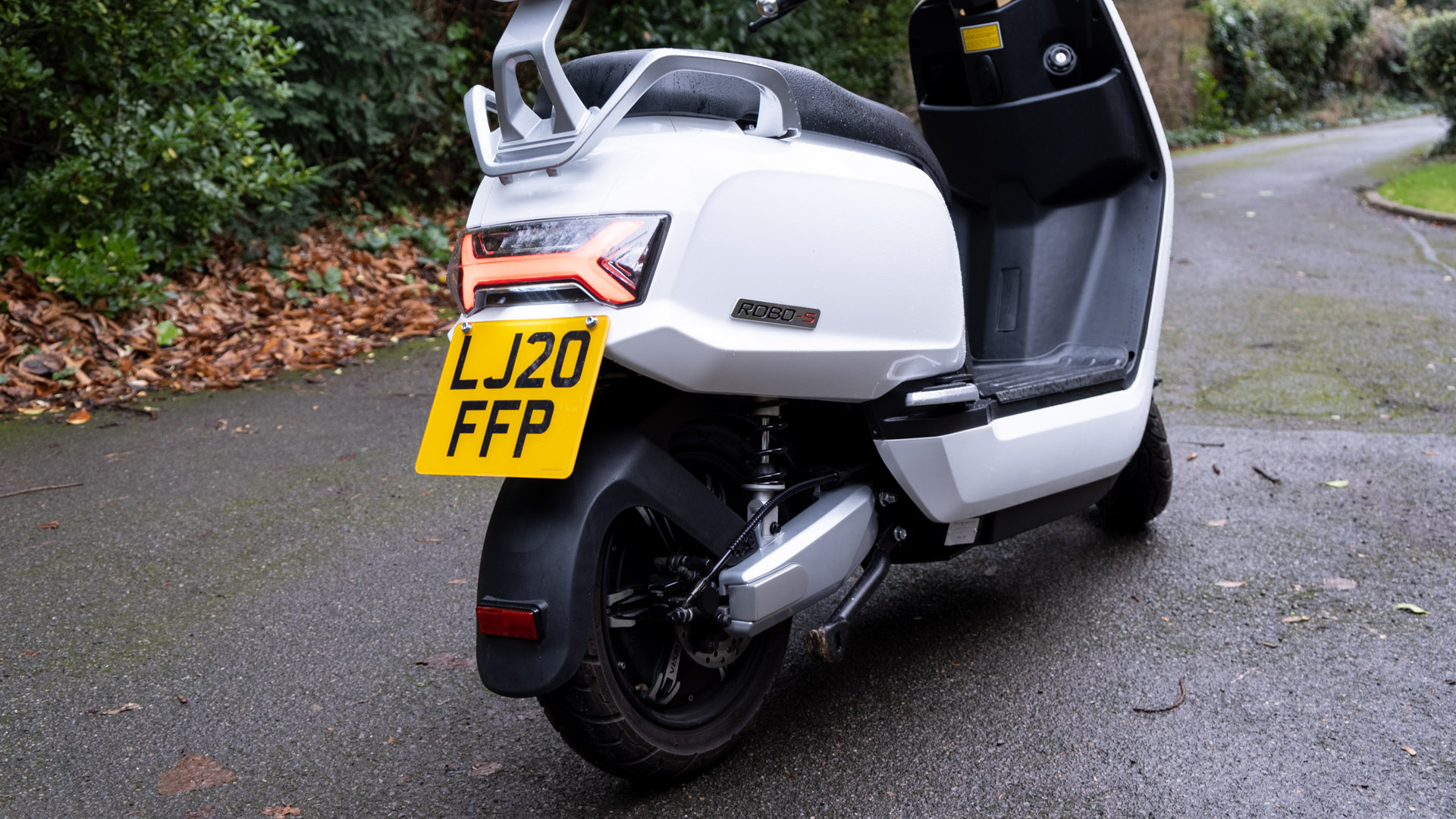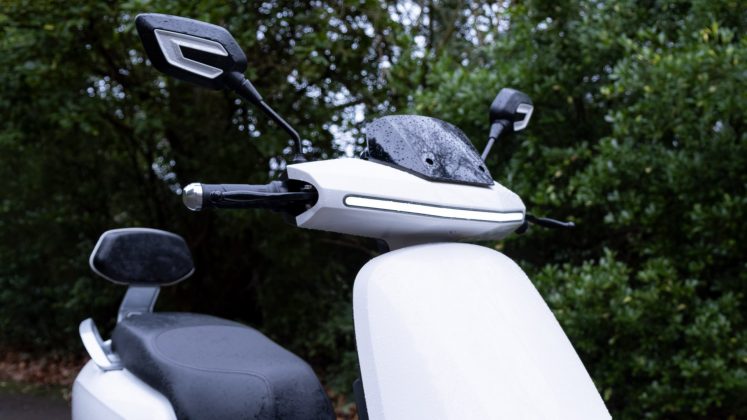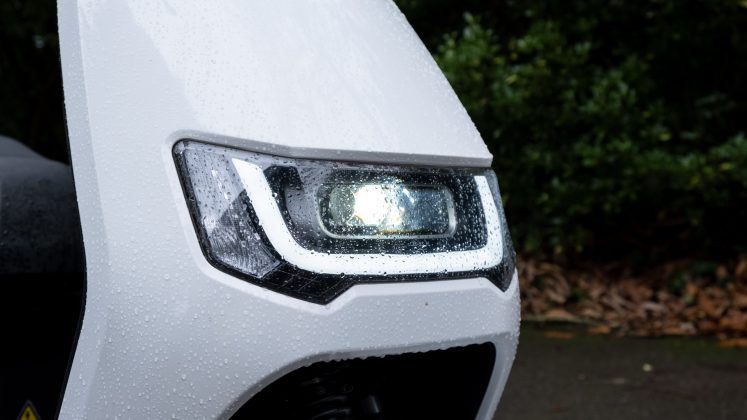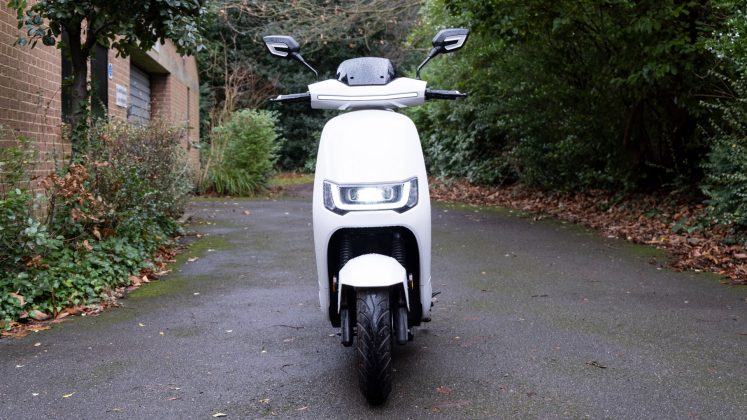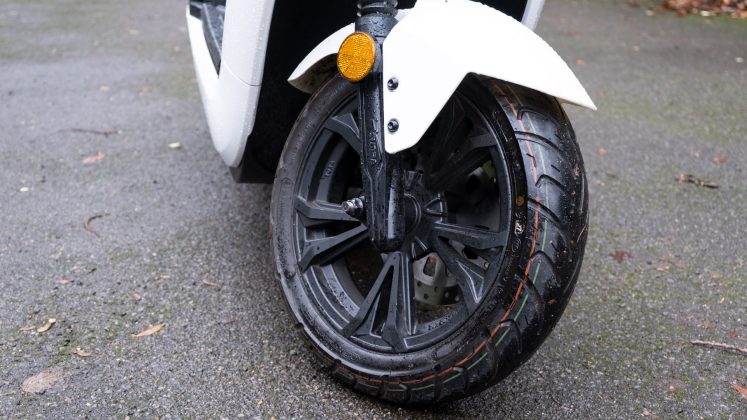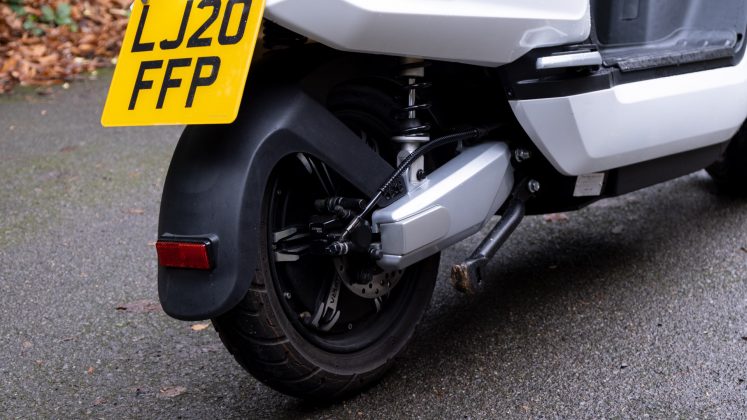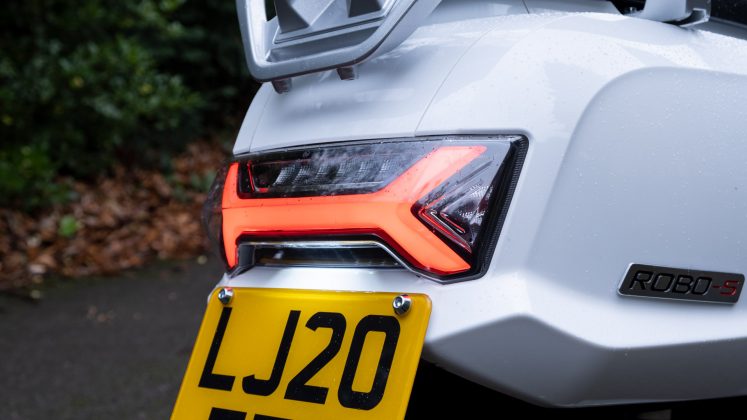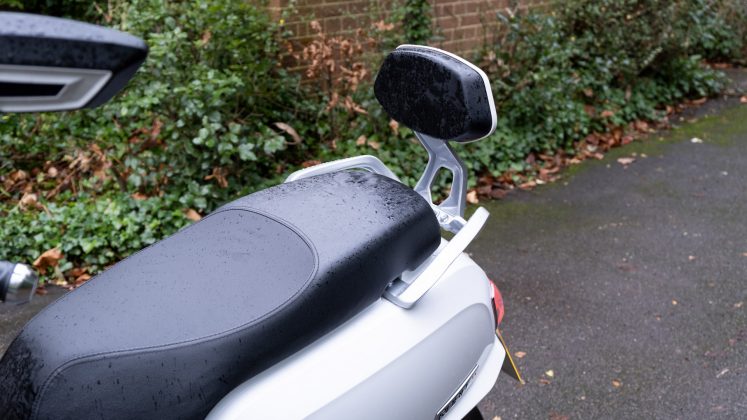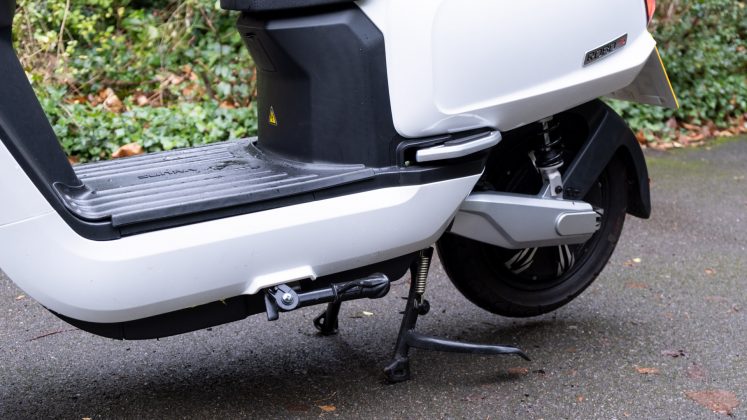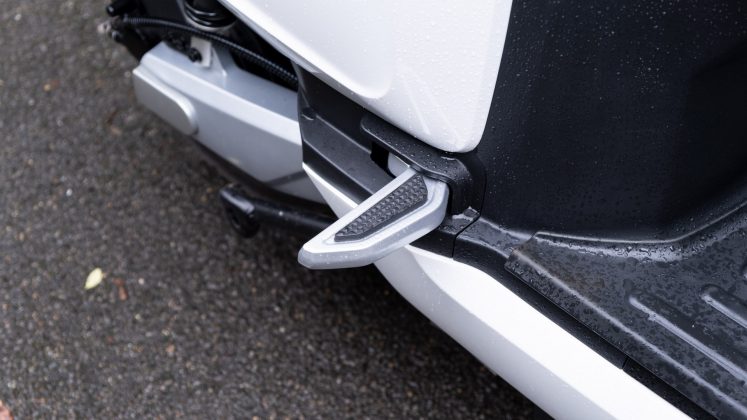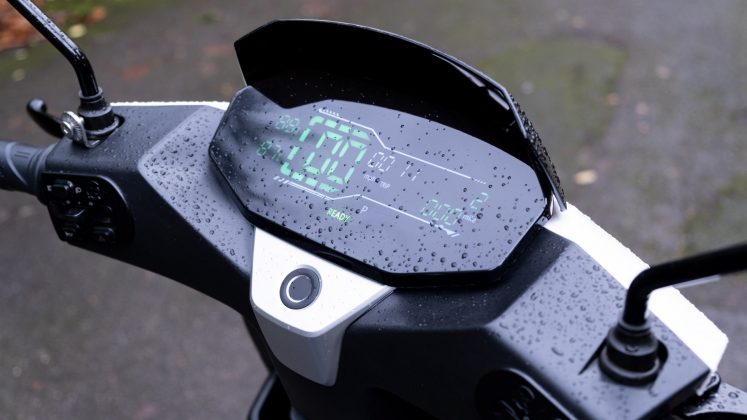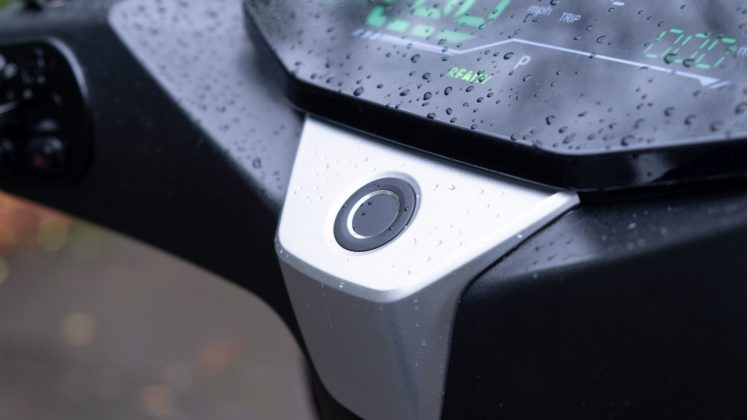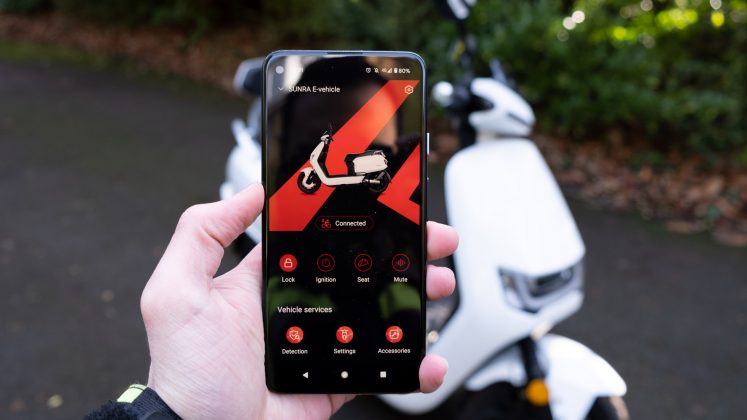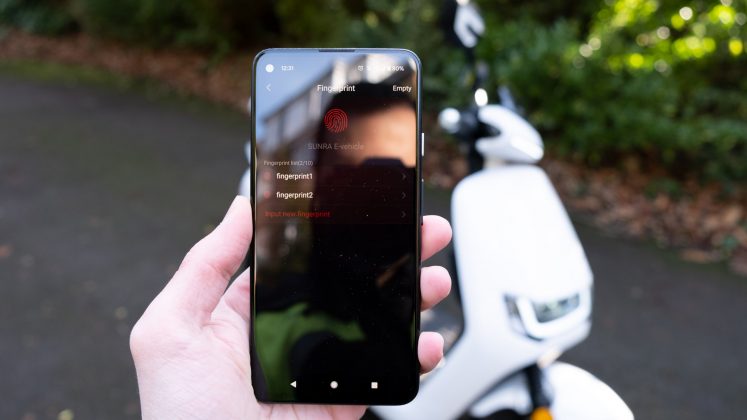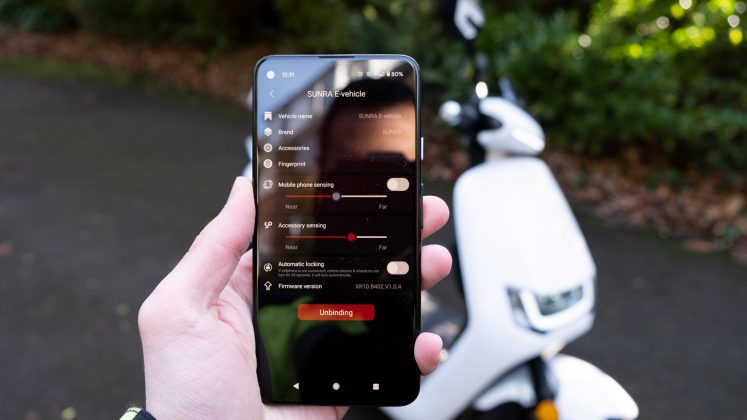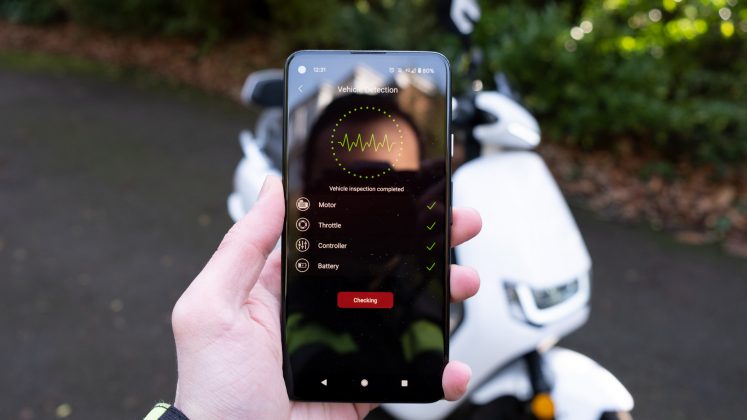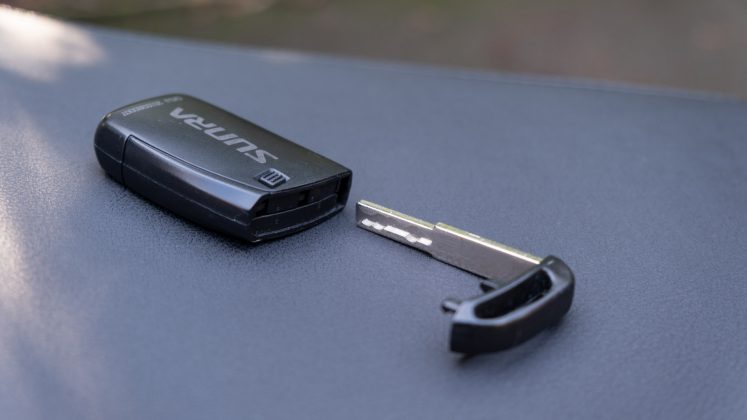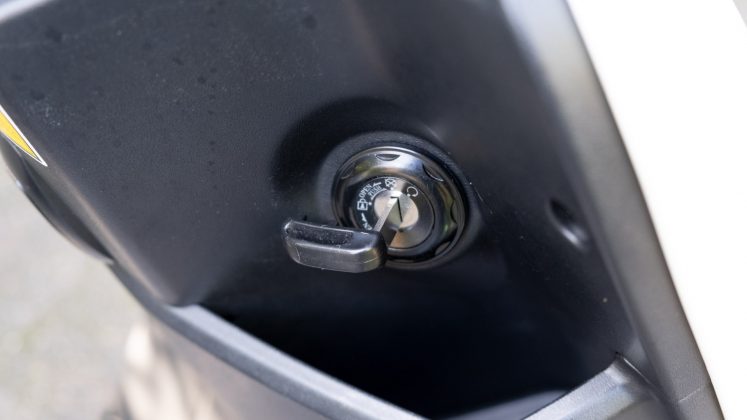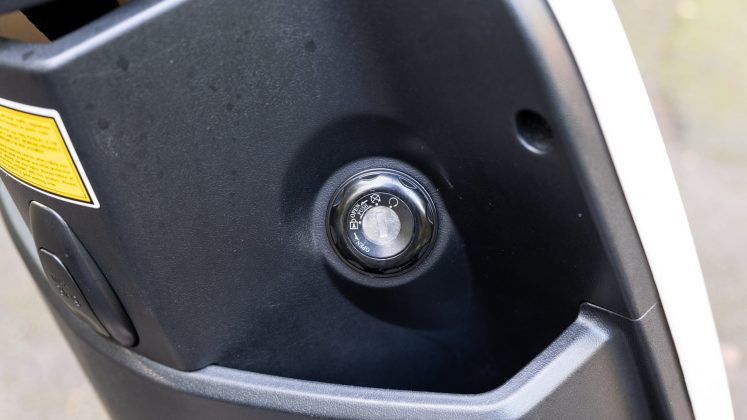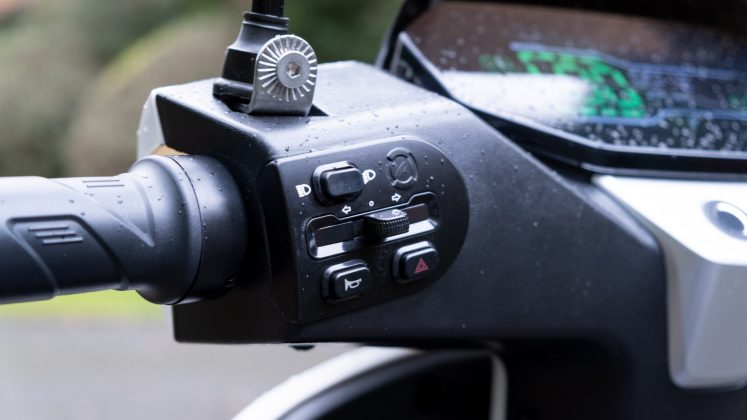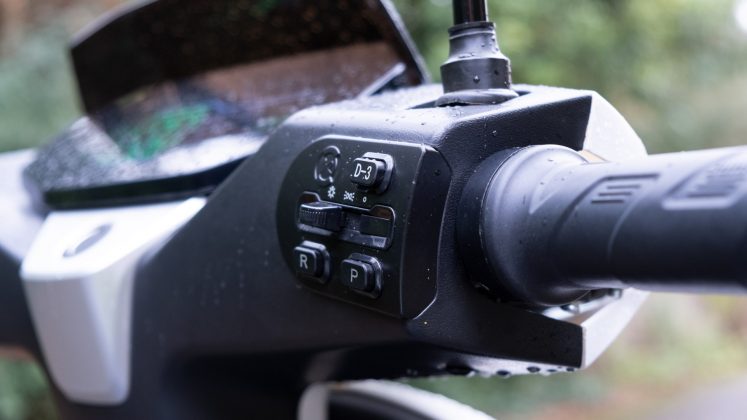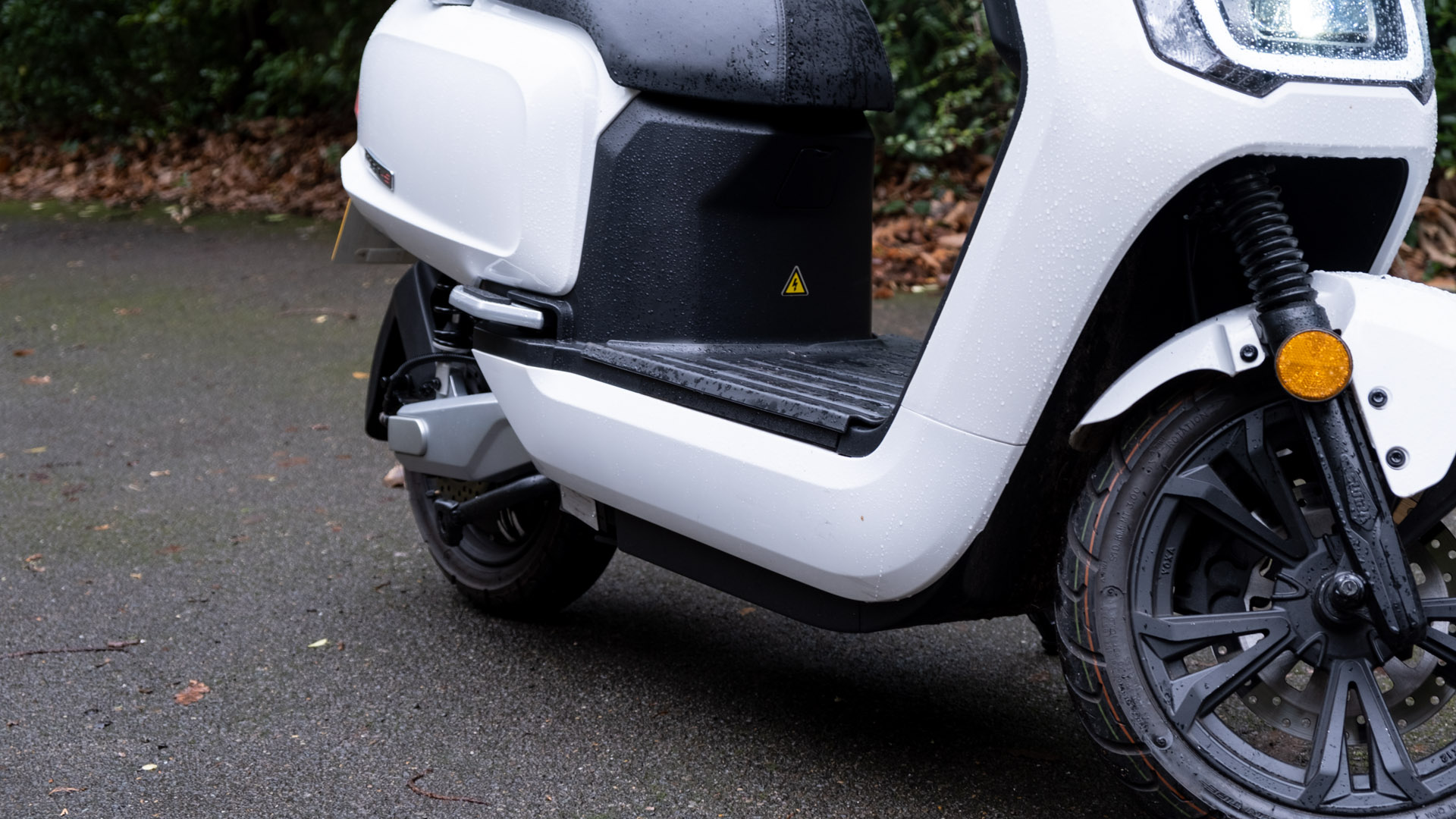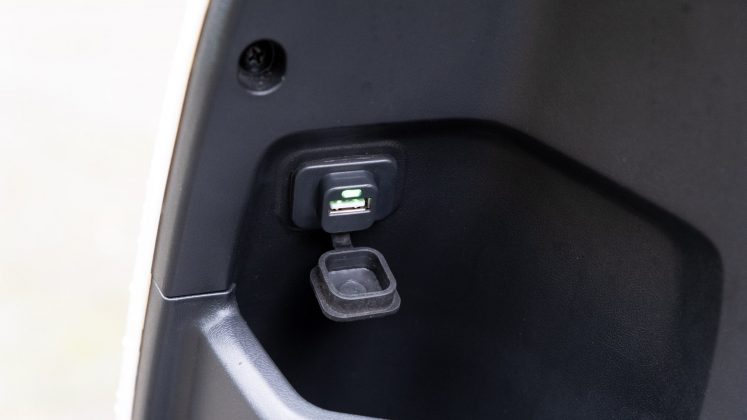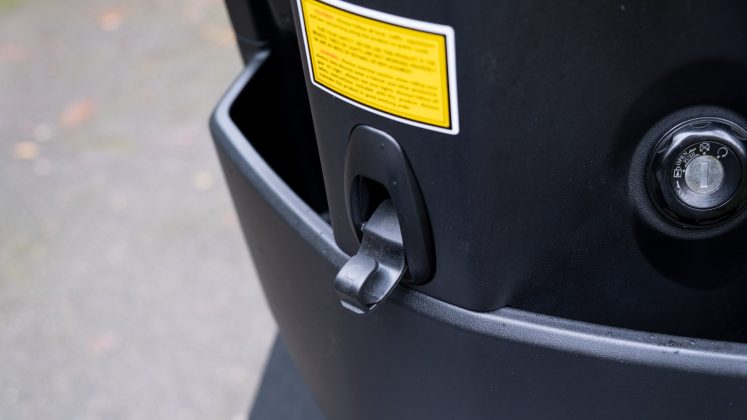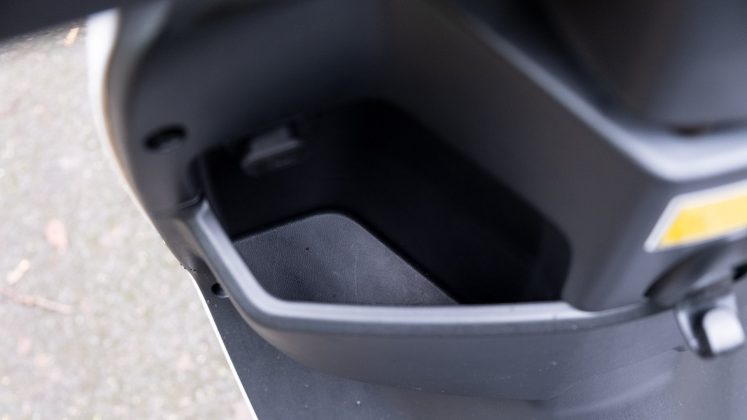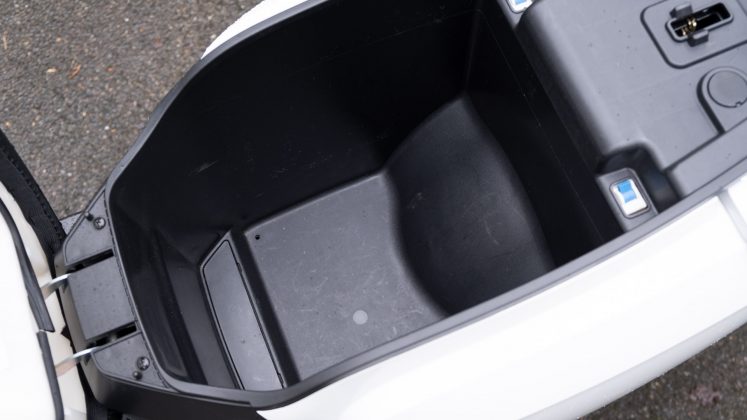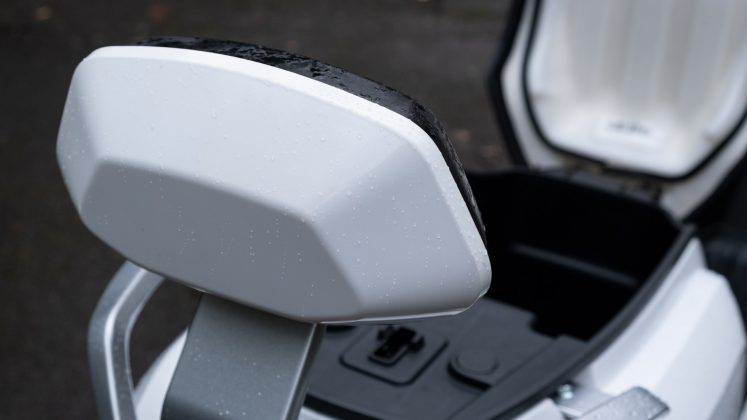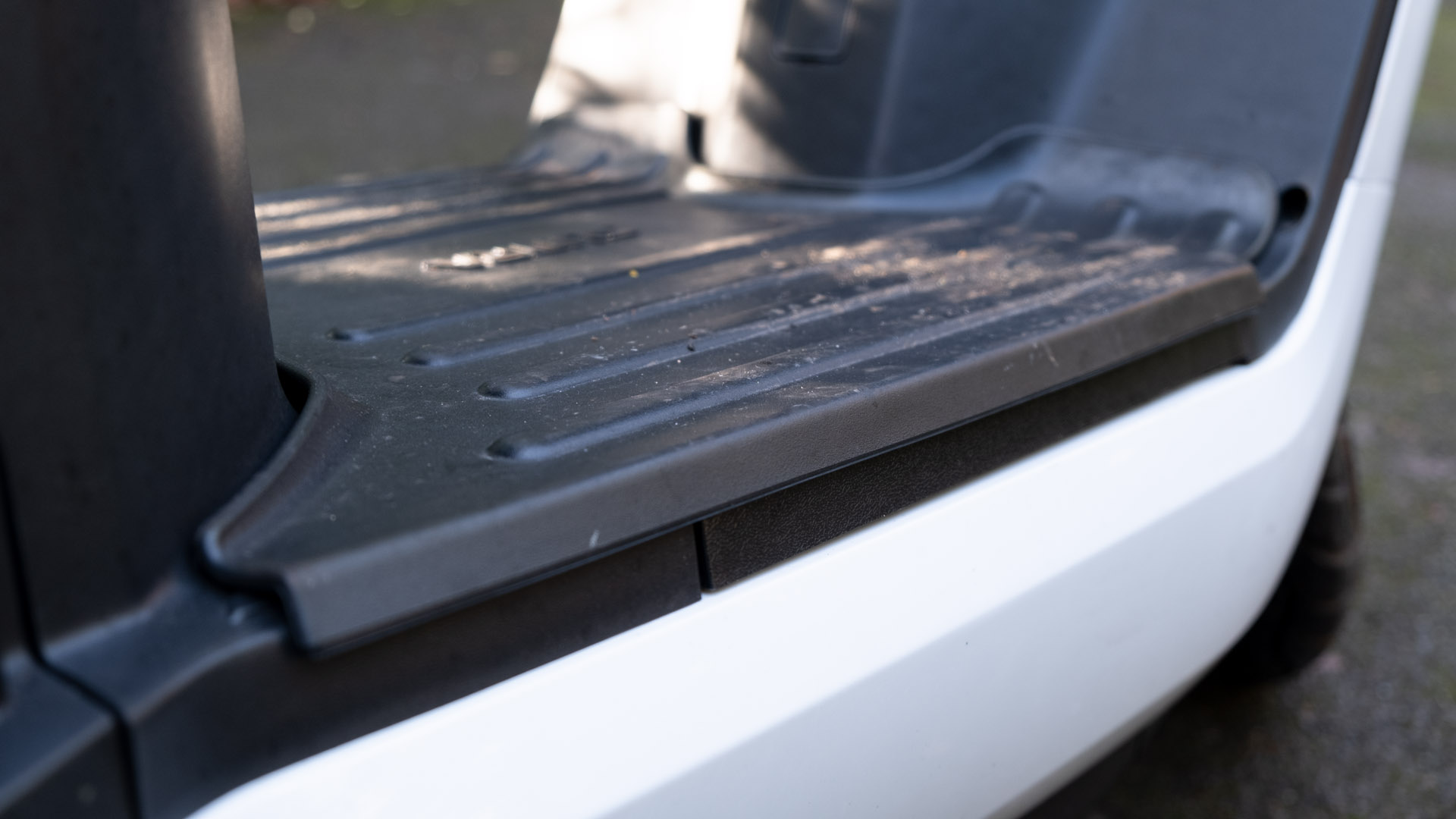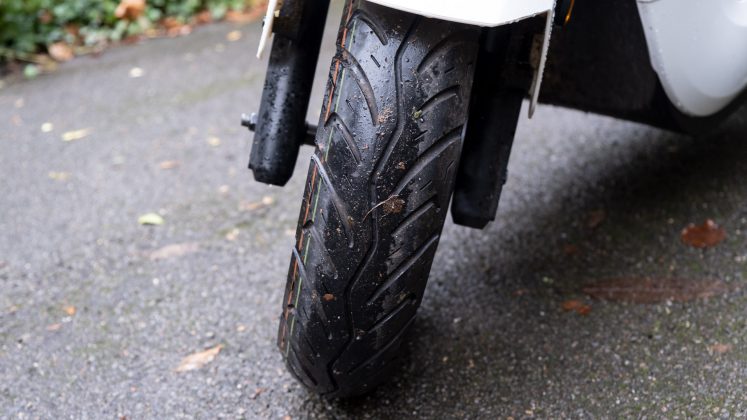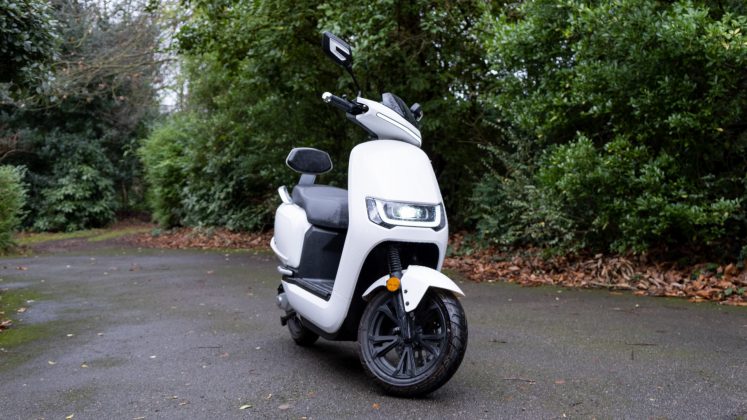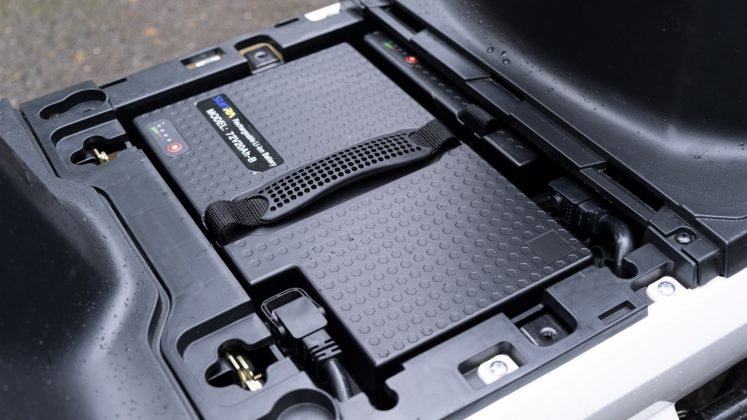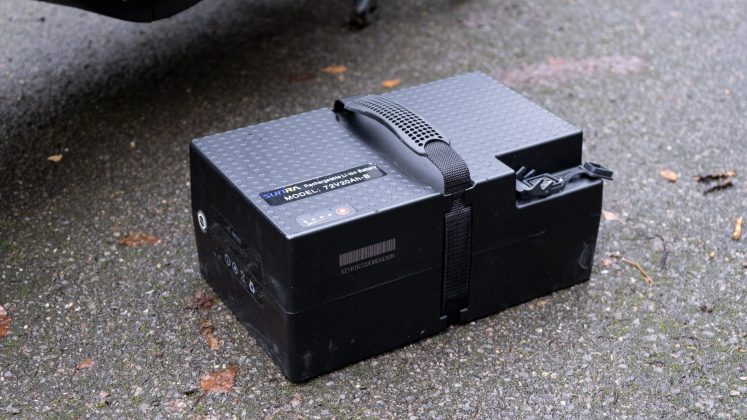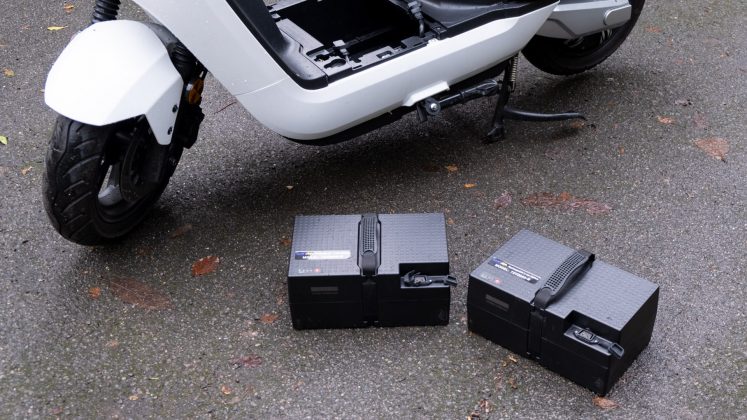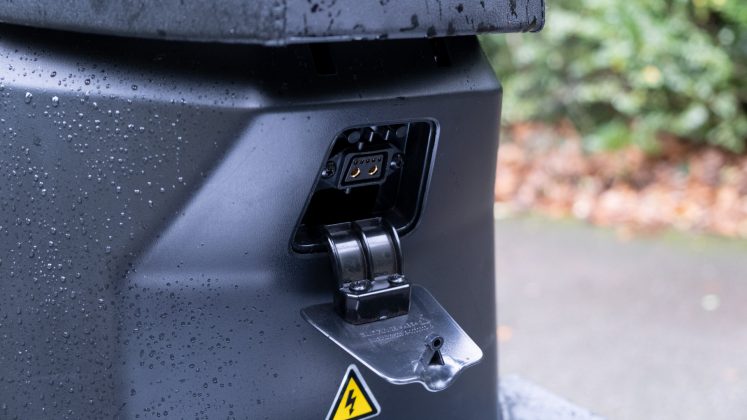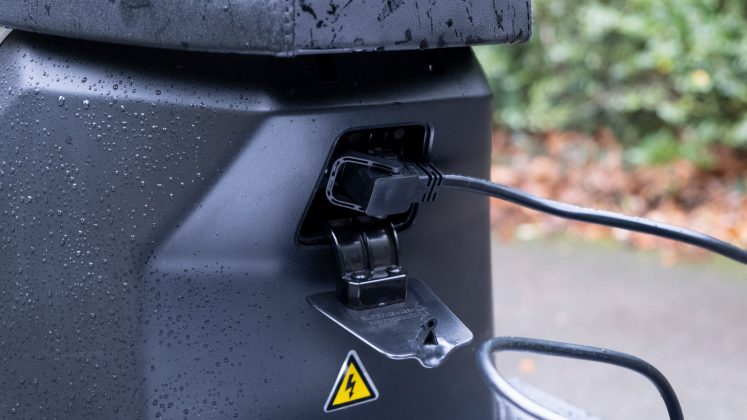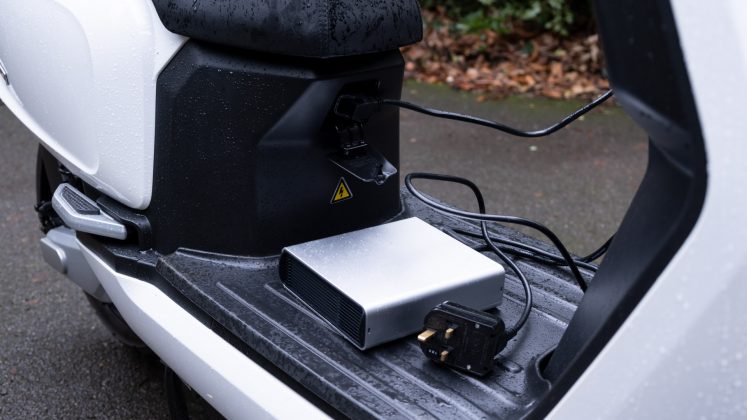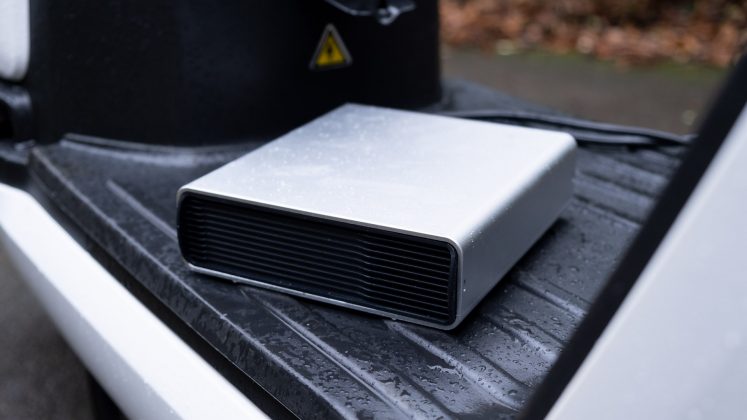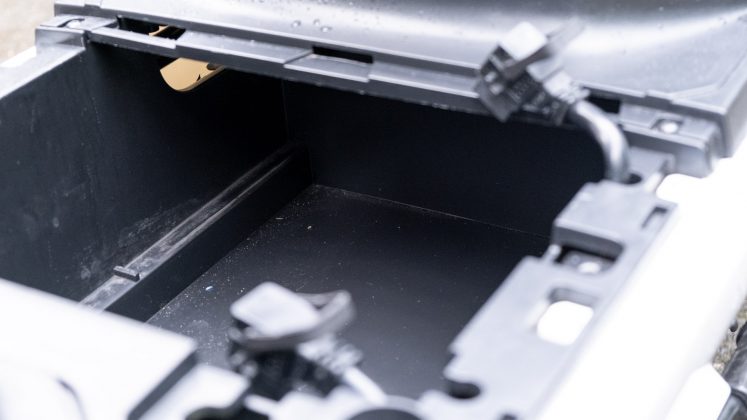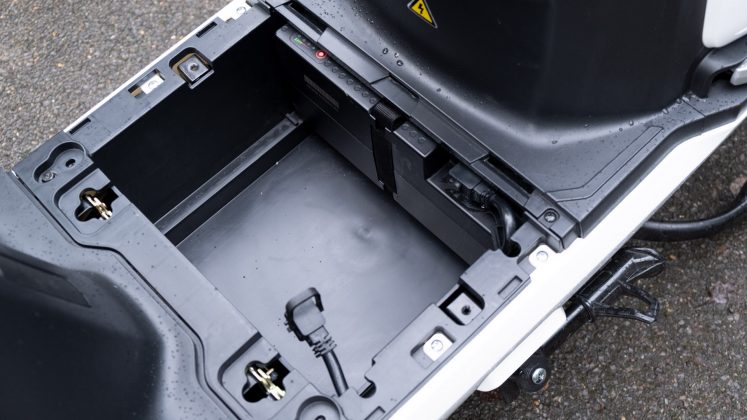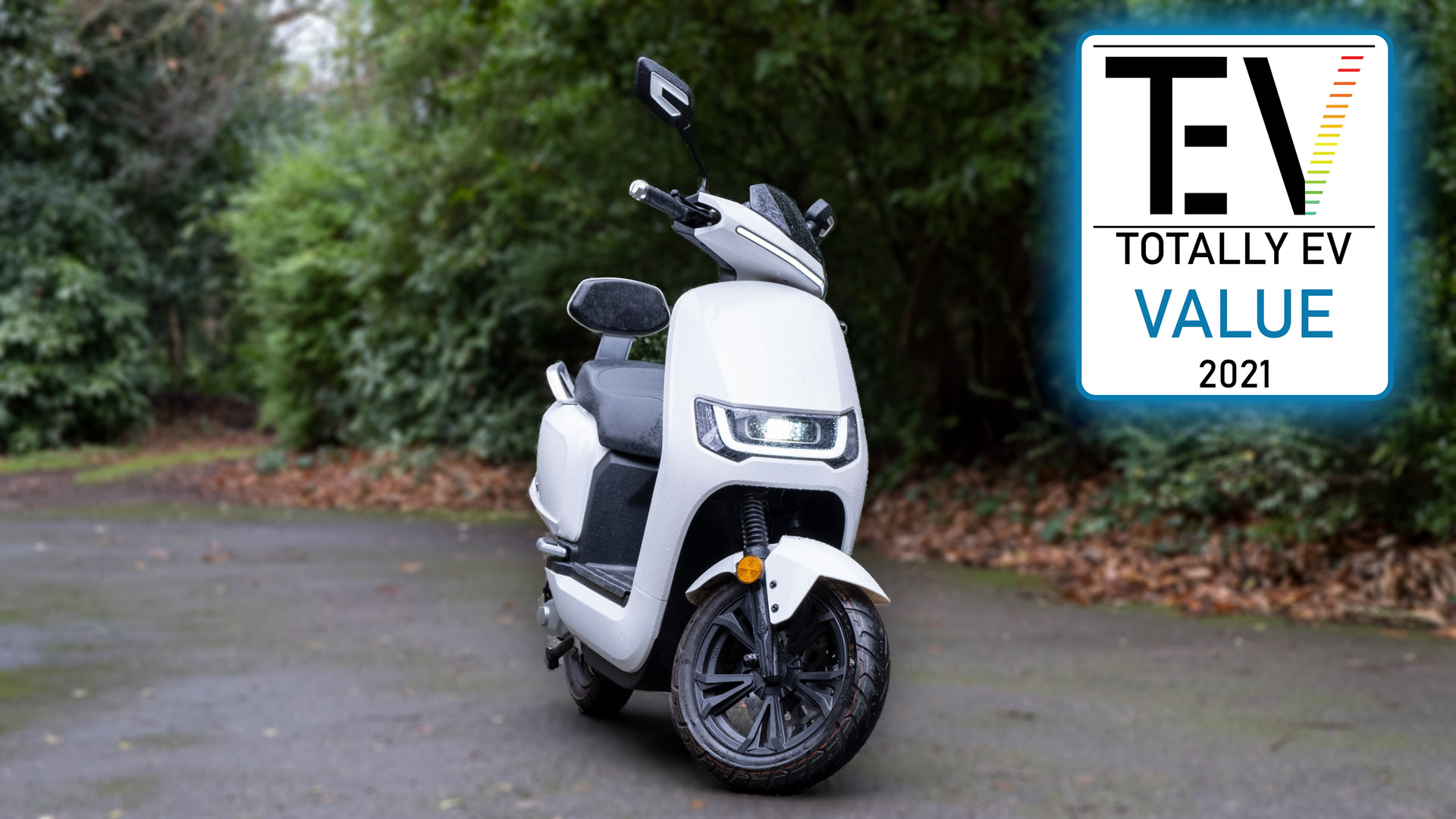A surge in demand for zero-emitting vehicles peaked in 2020, where every car manufacturer announced a new EV, or at the very least, plans to develop a more fuel-efficient vehicle. Cars aren’t the only ones to have seen a transformation, however, with the likes of heavy goods vehicles (HGVs) to bikes benefitting from a greener powertrain.
Step forward the Sunra Robo and Robo-S, two near-identical electric scooters, which are equivalent to a gasoline-powered 50cc and 125cc mopeds, respectively.
If you’d prefer to watch a review of the Sunra Robo-S, head on over to our YouTube channel.
Sunra Robo-S price & competition
Sunra is a Chinese manufacturer that has supply distributors in France, Germany, Spain, Italy and the UK; though not widely known in Western territories, the manufacturer outputs four million electric scooters and bikes per year.
The Robo is the manufacturer’s entry-level scooter that costs £2,499 (incl the
Plug-in Motorcycle Grant). It has a single removable 72V 20Ah lithium battery pack, which provides the scooter’s 3 kW motor with up to a claimed 40 miles (65km) of range and a top speed of 28mph (45km/h).
Buy a phone mount on Amazon (Affiliate)
The Robo-S, on review, costs £3,299 (incl PiMG) and has two removable 72V 20Ah lithium batteries. Here, they combine to provide up to 84 miles (135km) of range with a top speed of 50mph (80km/h). One cannot ‘upgrade’ the Robo to a Robo-S by retrofitting an additional battery pack.
Elsewhere, the e-scooters are identical. Both have front and rear disc brakes, compartment storage under the seat, a digital instrument cluster and 110/70 12″ tubeless tyres. Both also come with a two-year unlimited mileage warranty, with the batteries extending on for a further year with an 18,000-mile guarantee.
When it comes to rival all-electric scooter manufacturers, there are a few to consider: the Peugeot E-Ludix at £2,649 (30-mile range, 28mph top speed); the Super Soco CUx at £2,549 (40-mile range, 28mph top speed); the Super Soco CPx at £3,749 (87-mile range, 56mph top speed); the NIU NQi Sport at £2,499 (50-mile range, 28mph top speed); the NIU NQi GTS at £3,799 (48-mile range, 45mph top speed).
Electric scooters, much like electric cars, are still dearer than their gasoline siblings, namely if you plan to buy a used vehicle. For example, the Lexmoto Milano 125 costs just £1,300 new. However, opt for the iconic Vespa GTS 125 and it’ll set you back £3,970, while something like the Honda SH125i costs a whopping £4,700.
That’s not the only thing to consider, as insurance premiums on electric scooters are also more expensive. This namely comes from insurance providers who aren’t certain on how to classify said scooters. Like any ‘new’ vehicle on the road, insurance providers have yet to adopt them on a wider scale, so you might want to ask your supplier or dealer for some accurate quotes.
On a more positive note, electric scooters don’t need to be serviced like a gasoline-led bike. While you will still need a valid MOT to ride an e-scooter, one doesn’t need to worry about oil and filter changes nor chain maintenance.
To ride an electric scooter, you will need to have passed your CBT, which in the UK can be done if you hold a provisional driving license.
Read next: Eskuta SX-250 Series III review: The moped-looking e-bike
Sunra Robo-S design & features review
Unlike most of its competitors, the Sunra Robo-S (and Robo) has a refreshing modern design. This namely stems from its front headlight, where there’s a linear line stretches across the front handlebar and a U-shaped LED lighting system completes the look below it; high beam and the indicators display here, too.
The scooter sits on dual-arm five-spoke 12″ rims, with 110/70 tubeless tyres. 28 PSI is suggested for the front, and 36 PSI at the rear – more on this, below.
Sticking with the ‘exterior’ styling, a retractable footrest resides on either side for a pillion, where on the left-hand side of the scooter resides the side and centre stand. Both are easy to operate and provide for a stable platform to rest the scooter.
Moving up the scooter, there’s a curved cushiony seat for the rider and a firm raised area for a pillion. A removable backrest also resides here, with two handlebars on either side making for a safe and practical area for transporting an individual or goods. One can also remove the backrest and fit a rear rack, though, commercial storage boxes aren’t yet offered by the manufacturer.
At the front, there’s a digital LCD display, which shows the remaining charge for both battery packs, a speedometer, distance and time travelled (trip computer), a mode selector and the gear in operation.
Under the display resides a fingerprint sensor, which is used to switch on and off the scooter and when long-pressed props open the storage compartment located under the main seat. You’ll need to download the Sunra app – available on both the Play Store and App Store – to register your fingerprint; without your biometrics, you won’t be able to use the fingerprint sensor for keyless riding. Of course, if you’d prefer not to register your biometrics or don’t see the point, you can use the fob or key to turn on the scooter, instead.
Through the app, you can also lock the scooter, turn on the ignition, unlock the seat and mute the scooter from making loud beeps. You can also adjust the sensitivity of the key fob and mobile app to correspond with how close you want to be to unlock the scooter – the Robo and Robo-S have keyless start.
On the subject of the key fob, it has a lock, unlock and a power button, where the latter switches on the scooter and readies it to be used. If you’d prefer to use the key switch, it’s located on the right-hand side of the steering column.
To get access to the key, you’ll need to release it from the key fob. Unfortunately, the key itself and the fob aren’t made as one, and as such, you’ll need to release the key each time you want to initiate the scooter’s steering lock – without a physical key, you can’t initiate this safety feature, an annoyance given those accustom to gasoline mopeds will want to park their scooter with the reassurance that it won’t be easily wheeled away. A fob that has a retractable key would have been a solution, such as the Volkswagen Golf’s fob, which has the key in a flip-out design.
Elsewhere, the fingerprint sensor doesn’t work alongside the turnkey. For example, if you were to use the key to unlock the bike and switch it on, you wouldn’t be able to turn off the scooter by pressing on the fingerprint sensor. Likewise, if you awakened the Robo-S via biometrics, you won’t be able to switch it off by turning the key to the off position. You’ll need to resort to the wireless remote or tap on the sensor, instead.
Another annoyance we found resides by the left handlebar, more precisely the turn signal. Here, the switch doesn’t have a press-to-cancel function, meaning you’ll have to flick the signal back to the centre position each time. While this might not bode much of a problem to some, for others who are accustom to such a standard feature, it’ll take some getting used to, especially as the scooter doesn’t have an audible turn signal. Of course, a small green arrow will pop up on your LCD display, but this can be easily missed when faced with a lot of traffic.
Next to the turn signal, you’ll find a button to initiate high beam, the horn and the hazards. On the opposite side, there’s a switch to toggle the headlights, a drive mode selector, park and reverse. That’s right, the scooter has a reverse function, which allows you to ride backwards using the throttle – it’s limited to avoid you shooting backwards at speed.
Park mode decouples the throttle from being accidentally triggered, while the drive selector (noted as D-3) cycles between level 1, 2 and 3 power levels. This puts on a cap to the scooter’s top speed at 28mph, 40mph and 50mph, respectively.
What’s the point? Well, at level 1, for example, it’ll soften the accelerator, making for a slightly more economical ride and one that won’t lead you going over the speed limit within inner-city commutes. Each time you switch on the scooter, however, it’ll resort back to level 2 – so you’ll need to adjust this each time you set off on a ride.
Read next: Raleigh Stride 2 review: A genuine second car replacement?
Sunra Robo-S storage & comfort review
Onto storage space, there’s a retractable hook by the steering column and two small compartments to store a few valuables. It’s good to see Sunra has also integrated a filtration system, which will siphon out liquid to the road; if for example, rainwater got in, it won’t soak your valuables.
The left storage slot also has a USB slot, which allows you to charge a device while riding. A mounting socket by the left handlebar also makes it easy to screw on a phone holder.
Both the Sunra Robo and Robo-S have a compartment located under the seat, which allows you to stow away goods or fit a full-sized helmet. It’s a unique selling point for an all-electric scooter, as some of Sunra’s competitors opt to place a battery pack here, instead.
While having extra storage does have its benefits, it does, unfortunately, hinder comfort. Under your feet sits two removable 72V 20Ah lithium batteries, which like a lot of electric cars means the scooter’s floor is raised. This makes for a slightly uncomfortable ride if you’re going the full distance (around 50 miles in one sitting) or if you’re a 6-foot 4-inches (193cm) tall individual with long legs.
The rubber footboard is also a little loose, which means if you swipe your foot too close to the scooter, you’ll find it dislodged the mat. Likewise, if there’s heavy wind it’ll fly off. There’s no means of securing the mat, and while it does serve its purpose by preventing water from entering the battery compartment, we’d have liked to have seen a little more attention to detail.
On the plus side, the seat itself is extremely soft and comfortable, we didn’t have any back pain when riding around and found the firmness for pillions perfect, too.
Read next: E-Trends Trekker Review: An all-purpose e-Bike?
Sunra Robo-S performance review
The ride comfort is perfect if the tyre pressures are set correctly. With 28 PSI at the front and 36 PSI at the rear, riding the scooter doesn’t feel overly bumpy. However, set the tyre pressure too high (such as 33 PSI at the front) and you’ll find yourself bouncing around on the road.
The suspension system is also a little stiff, although, that does prevent the scooter from see-sawing around when you open the throttle. Here, both the Robo and Robo-S have a 3 kW motor, and with the latter scooter having more battery power at its disposal, it can get up to 50mph. Using Racelogic’s Vbox Sport, we found the scooter netted 20mph in 3.66s, 30mph in 6.59s, 40mph in 10.90s and takes a further 9s to reach 50mph.
While these figures might not dazzle most bikers, it’s still nippy when setting off from the lights – the instant amount of torque is certainly fun to have at your disposal within the city.
On the subject of speed, you’ll find the scooter (much like others in this category) isn’t quite aerodynamic, especially if you’re a tall rider. As a result, when A-roads or dual-carriageways are windy you’ll find yourself swaying a little.
Buy a phone mount on Amazon (Affiliate)
To come to a stop, Sunra has integrated both front and rear disc brakes, which do bring the scooter to an abrupt standstill if required. However, the brakes do cut out the power meaning it’s harder to tether the brake pedal and the throttle when going around tight corners. The technique you get taught when doing a figure-of-eight on your CBT is to actively use the rear brake – it’s not quite as easy to execute with the Sunra scooter.
Unsurprisingly, there’s no regenerative braking like you’d find on an all-electric car, and as a result, you’ll have to rely on the available power from the two 72V 20Ah lithium batteries. Here, we found the Robo-S manages to achieve around 50 miles (80km) on a single charge with some spirited riding across a mix of roads. That’s not too shabby, although, is far off Sunra’s 84-mile (135km) claim. One can push toward 60 miles if you’re easier on the throttle and ride around at slower speeds.
To recharge the scooter’s batteries, a proprietary charging port can be found by the seat compartment. This will allow you to charge both batteries simultaneously from empty to full in around 4 hours. The external power brick has one outlet only, so if you intend to remove the batteries and charge them at home or at work, you’ll need to do them independently. There’s no Y-splitter or dual-pronged charger, which can be a problem if you don’t have a garage with a wall plug installed.
Furthermore, when the charger is connected, it can be unplugged at any point. So, if you were to charge on the street, someone could decouple your charger or even steal it.
To remove the batteries from the underfloor department, you’ll need to release the spring-loaded compartment by turning the physical key to the utmost left on the turnkey. Here, you can remove both batteries, however, it’s no simple task and will require a little bit of faffing around, namely due to the rather stiff charging wires that make it hard to remove and reconnect the rather heavy batteries.
Read next: Brompton Electric review (M2L): The best foldable e-bike?
TotallyEV’s verdict on the Sunra Robo-S
The Sunra Robo-S might not be perfect, as it has a few design quirks and could be a little more practical in certain areas. However, on the whole, the all-electric scooter is supremely easy to ride, extremely stylish and affordable in comparison to its all-electric rivals.
As a result, the Sunra Robo-S gets TotallyEV’s Value award, as it manages to combine performance, range and style into one comprehensive package while undercutting its rivals.
Could you see yourself purchasing an all-electric bike or scooter? Let us know in the comments section below or via social media; we’re on: YouTube, Instagram, Facebook, Twitter and LinkedIn.

